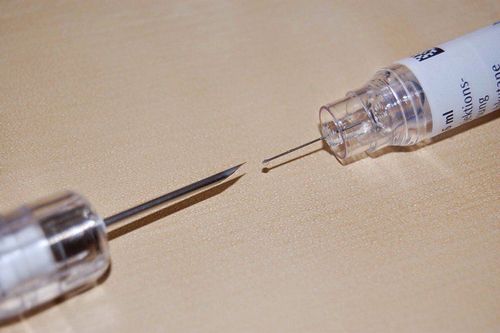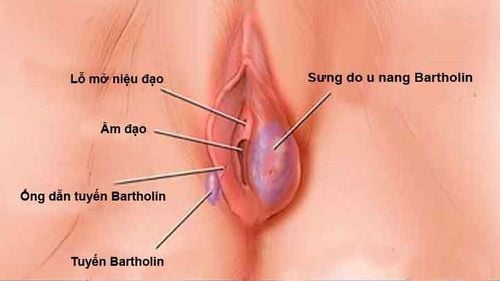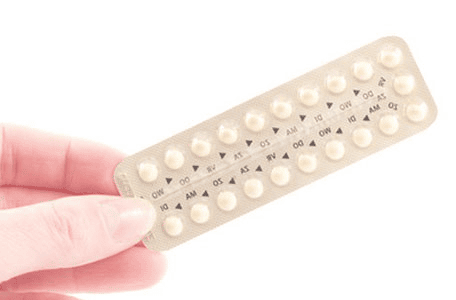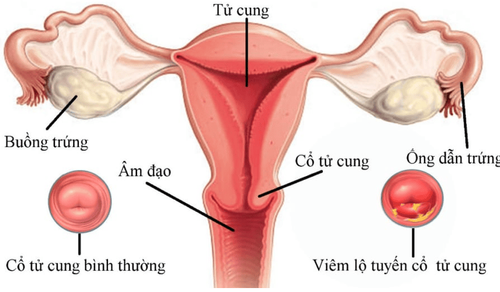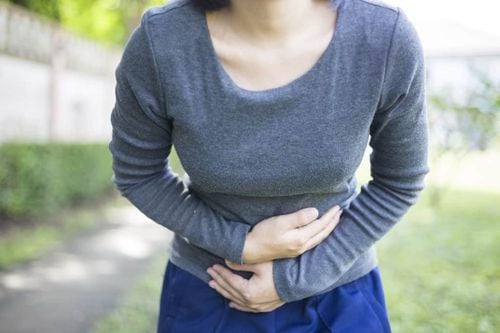This is an automatically translated article.
Adhesions of the uterus is a common disease in women of reproductive age. This is one of the reasons that can deprive the patient of the right to be a mother. What causes uterine adhesions?
1. What is uterine adhesions?
Adhesions of the uterus is a phenomenon where the anterior and posterior uterine walls stick together, preventing the normal regeneration of the endometrium. The adhesive here can appear as thin sheets of tissue similar to plastic wrap or as thick fibrous bands.
Adhesions often occur after the following diseases:
Pelvic inflammatory disease (PID) is the result of an infection (usually a sexually transmitted disease) that leads to adhesions in the fallopian tubes. A woman's eggs travel through the fallopian tubes into the uterus to reproduce. Fallopian tube adhesion can lead to infertility and increase the rate of ectopic pregnancy. Endometriosis is a condition in which tissue normally found inside the uterus grows in other parts of the body such as the intestinal tract or fallopian tubes, which can also be caused by adhesions of the pelvis.
2. Causes of uterine adhesions
Adhesions to the uterus due to many causes. Here are some of the causes listed by the doctor:
Adhesions can occur after surgery, infection, trauma or radiation; In the process of abortion with a missing placenta, complications after childbirth or consequences after miscarriage; Some people as a result of abortion at unsafe facilities lead to uterine inflammation. In addition, postpartum infections can also lead to uterine adhesions; Due to the severe infection of the intimate area, the patient suffers from a number of gynecological diseases.
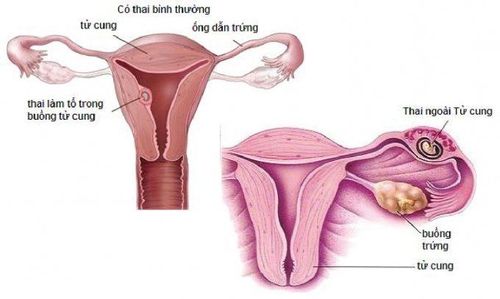
Dính buồng tử cung
3. Symptoms of uterine adhesions
Adhesions often cause pain to the patient through pulling on nerves, either in an organ that is bound by an adhesion or in the adhesion itself. Specifically:
When the uterus is attached, the patient will have signs of pain during sexual intercourse. The anterior and posterior uterine walls of the patient are completely or partially fused, causing irregular menstruation. This is the most obvious sign of this disease. In the adherent part of the uterus, endometrial tissue cannot grow, leading to amenorrhea, low menstrual bleeding, or secondary amenorrhea. Patients often feel pain in the abdomen, due to the fact that the menstrual blood cannot be drained out or due to some infection in the private area. In addition, patients with signs of lower abdominal pain after about a month of abortion, even when walking or going to the toilet can also experience this condition. Fever is also a common symptom in patients with uterine adhesions.
4. How dangerous is uterine adhesions?
Women with uterine adhesions will have a hard time getting pregnant, even infertile. Because, when the front and back wall of the uterus are completely glued together, so that sperm cannot meet the egg to fertilize, this will deprive a woman of her right to motherhood. In case, the front and back of the uterine wall are only partially fused, even if the egg and sperm meet, they cannot enter the uterus to implant, which is even more dangerous when the woman is at risk. ectopic pregnancy or miscarriage.
In general, uterine adhesions leave great consequences both mentally and physically for women. Therefore, women need to be conscious of protecting their reproductive health. In particular, during surgery, efforts should be made to minimize the formation of adhesions such as shortening the surgical time, keeping tissues moist, handling any tissue or organ gently, and using gloves. No starch and no latex.
To prevent dangerous complications of uterine adhesions, when experiencing any symptoms of abdominal pain, pelvic pain or unexplained fever, please see your doctor for advice and prompt treatment.
Please dial HOTLINE for more information or register for an appointment HERE. Download MyVinmec app to make appointments faster and to manage your bookings easily.
Reference source: webmd.com



